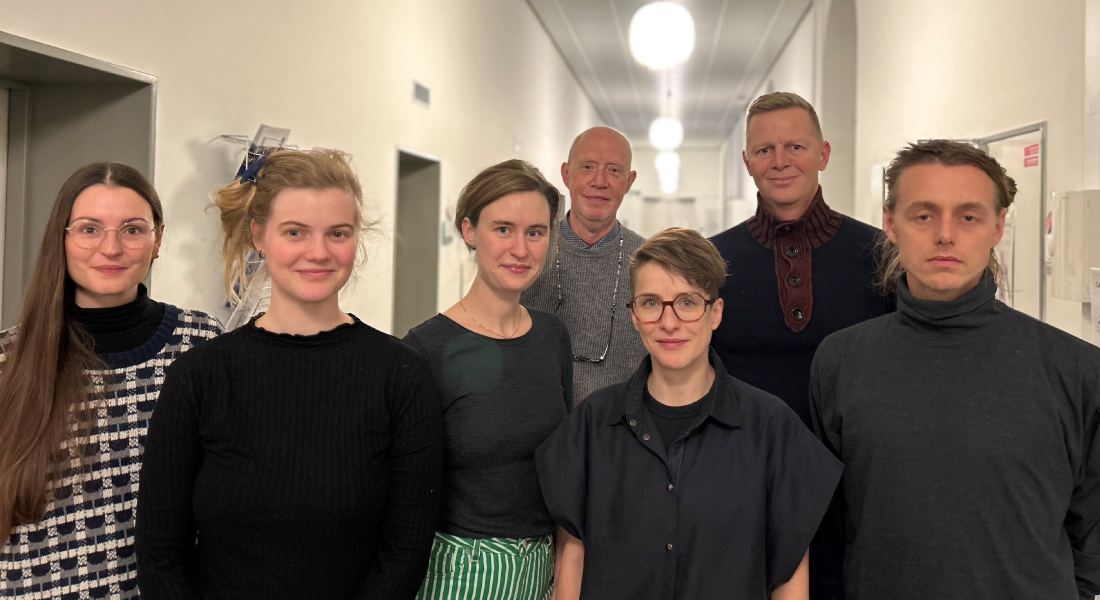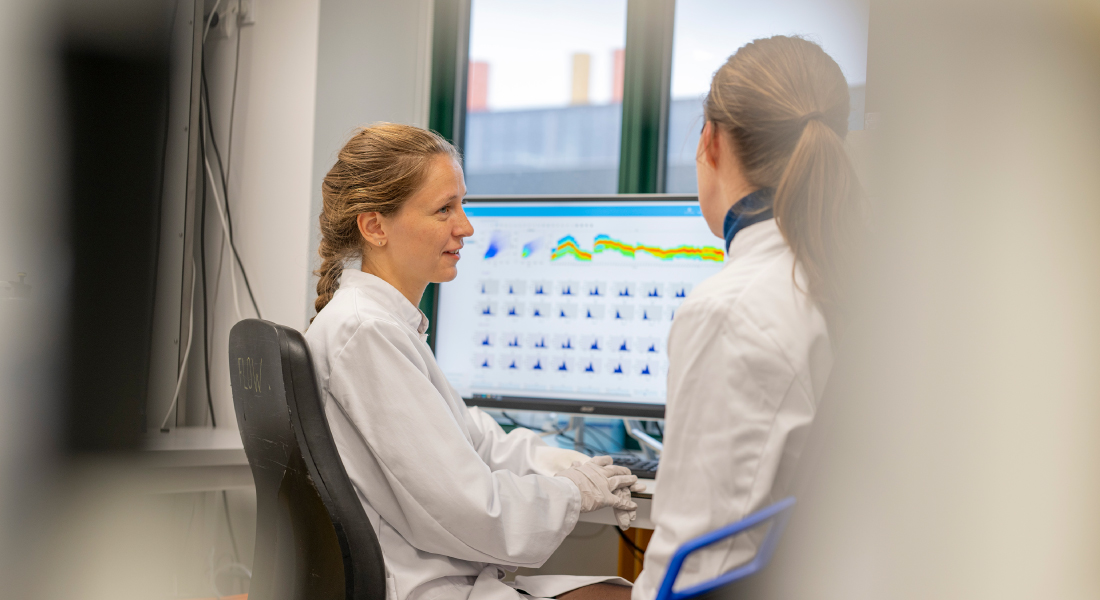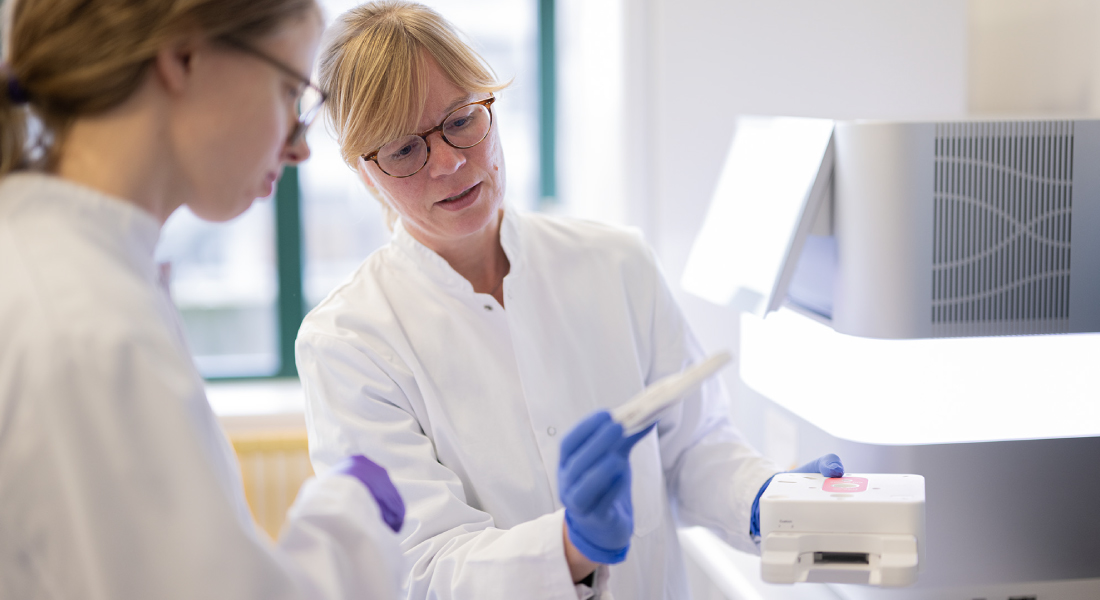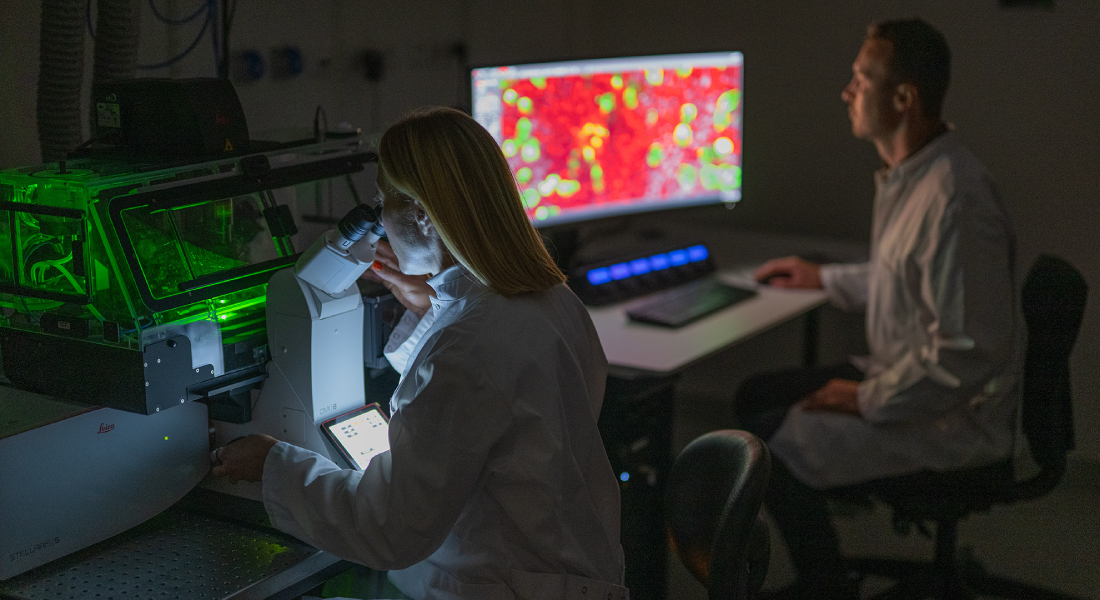
Research
We are bringing together research excellence to deliver the next generation of effective and safe stem cell-based therapies.
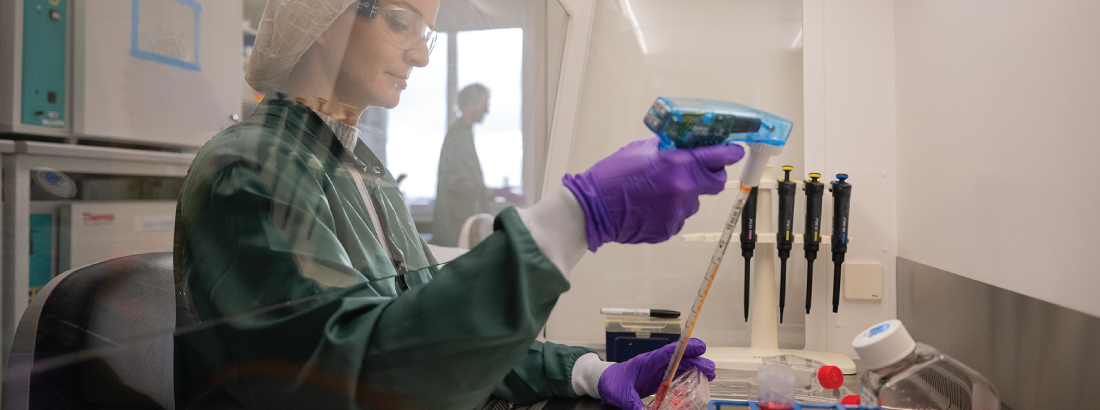
Our research
reNEW's vision is to create a new generation of effective, safe, and socially sustainable stem cell-based therapies built on an international collaboration of excellence in biomedical research.
At the same time, the Center aims to create an environment where excellence flourishes, producing high profile, quality fundamental discoveries that not only inspire new medical technology, but push the boundaries of our current knowledge base.
We hope that delivering such innovative stem cell-driven therapies will transform the lives of people with incurable disease, while our scientific excellence will drive the training of a new generation of stem cell scientists.
Translation
We aim to translate research into new stem cell-derived products to improve both the health and lives of people throughout the world. reNEW not only promotes stem cell-based research. We also strengthen the pathways from scientific discovery to targeted results and commercialisation. We aim at making a significant contribution to stem cell medicine in the form of new medical technologies or treatments options.
Research groups
reNEW research covers stem cells from, or able to form, many different organs of the body. Our aim is to help transform the lives of people with stem cell medicine.
Platform technologies
reNEW provides state-of-the-art technology platforms for its researchers. The platforms are staffed with established technology experts providing training, on-instrument support, and experimental design support.





